Top 7 Edible Insects that you may Startle
Eating edible insects is natural even though the trend has not developed in many western cultures. Many of us eat insects daily without our knowledge. Insects have entered the industrialized food manufacturing process in various forms such as dyes.
Follow this article to know more about edible insects that KnowInsider wants to share with you.
Crickets
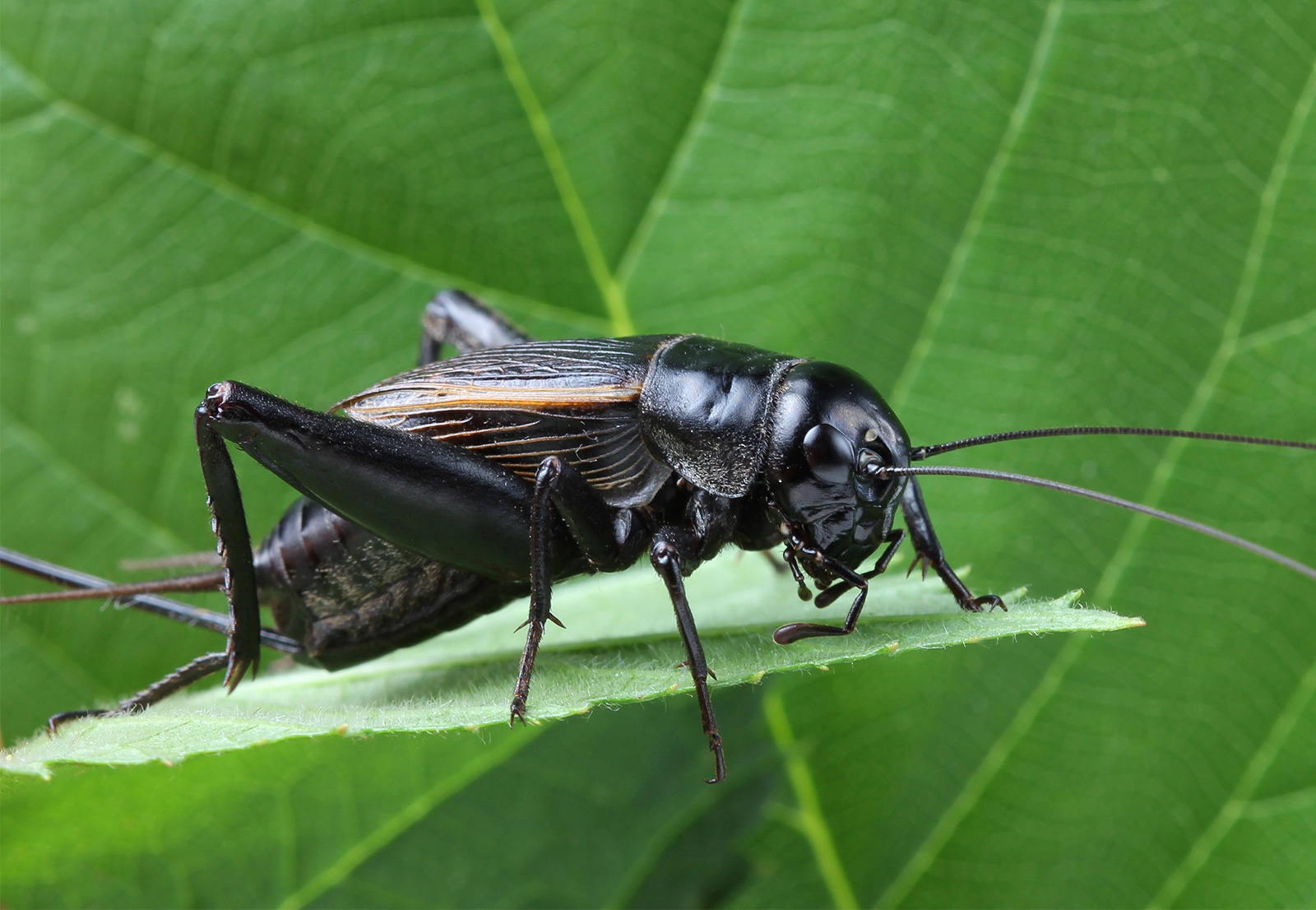 |
| Crickets. Photo: Britannica |
In the past, crickets were mostly raised as feed for household pets like snakes and lizards. Thanks to this, the learning curve for cricket farming is less of a challenge than it is for other insects. Along with grasshoppers, crickets are the most consumed insects worldwide.
This may be because he nutritional balance offered by crickets is truly phenomenal.
Crickets are around 55 to 70 percent protein and they also contain amino acids that easily break down in our bodies.
One of the things that makes crickets so snackable is their nutty, crunchy flavor. They have a familiar texture, and they won’t leave a bad aftertaste. This makes them a perfect substrate for added flavors like spice, lime, curry, peanut sauce and more. Your own imagination is the limit.
Crickets are available in different forms including cricket flour and freeze dried crickets. These products have a really subtle flavor that allows you to supplement your protein and nutrition by adding them to your baked goods. Simply substitute a fraction of your regular flour with cricket flour and your protein intake will skyrocket.
Mealworms
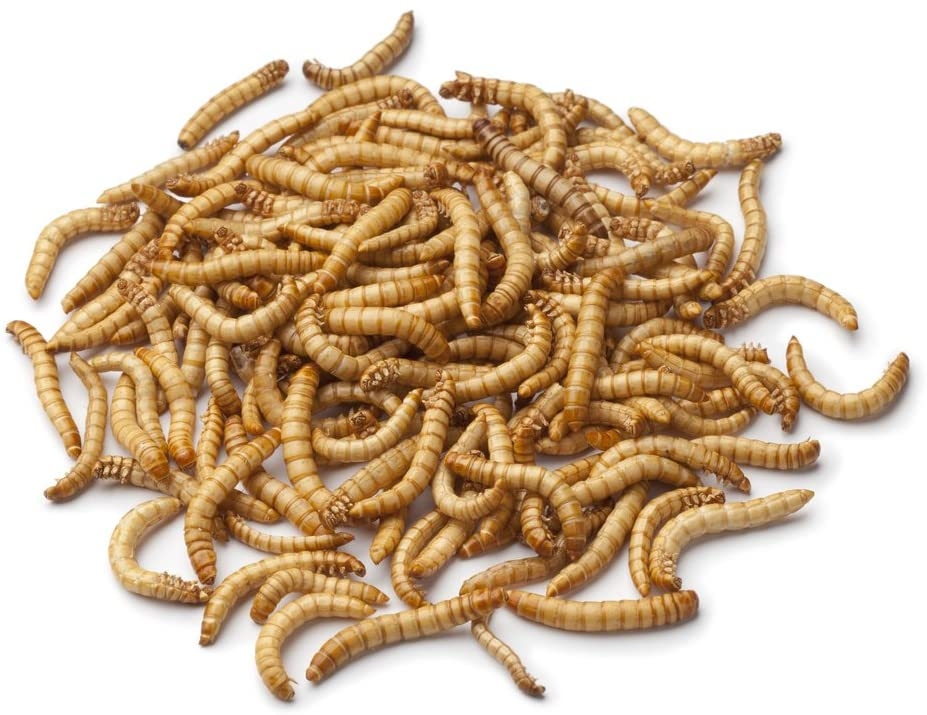 |
| Mealworms. Photo: Amazon |
Like crickets, mealworms already have an infrastructure in place for mass-production in the West because they are harvested as a form of bird feed. The transition toward mass human consumption is underway and many companies now offer mealworms as a human food product including Crickster.
Mealworms are a lot like beef in terms of their nutrition, since they have a balance of fat and protein.
The exciting thing about mealworms is they are a popular local edible insect for temperate climates, as they grow naturally in the wild. They are the larva of the eggs laid by darkling beetles which hail from Africa, but are now naturalized in North America.
Mopane worms (or caterpillars actually)
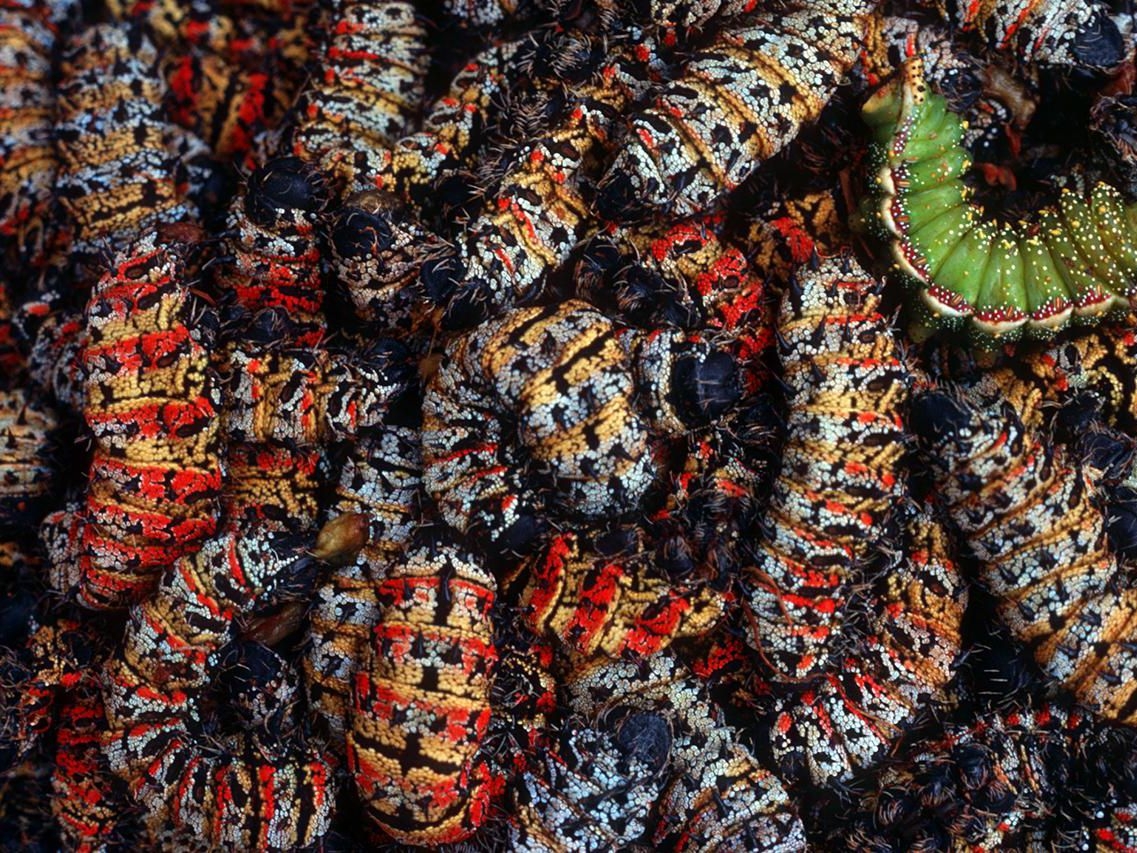 |
| Mopane worms. Photo: Tripsavvy |
Most edible insects have equal or higher iron contents than beef, which has an iron content of 6mg per 100g of dry weight, while the iron content of the mopane capterpillar (Imbrasia belina), for example, is 31–77mg per 100g.
The mopane caterpillar is one of the most consumed and economically valuable edible insects in southern Africa and could go some way to improving iron deficiency in the diet.
Iron deficiency is the world’s most common and widespread nutritional disorder according to the World Health Organisation. In developing countries, around a half of all pregnant women and about 40% of pre-school children are believed to be anaemic (anaemia can be caused by iron deficiency).
Attempts to semi-cultivate and domesticate the mopane caterpillar for food has had positive results but many issues remain before they can be more widely used, for example their susceptibility to viral and bacterial diseases.
Short-horned grasshoppers
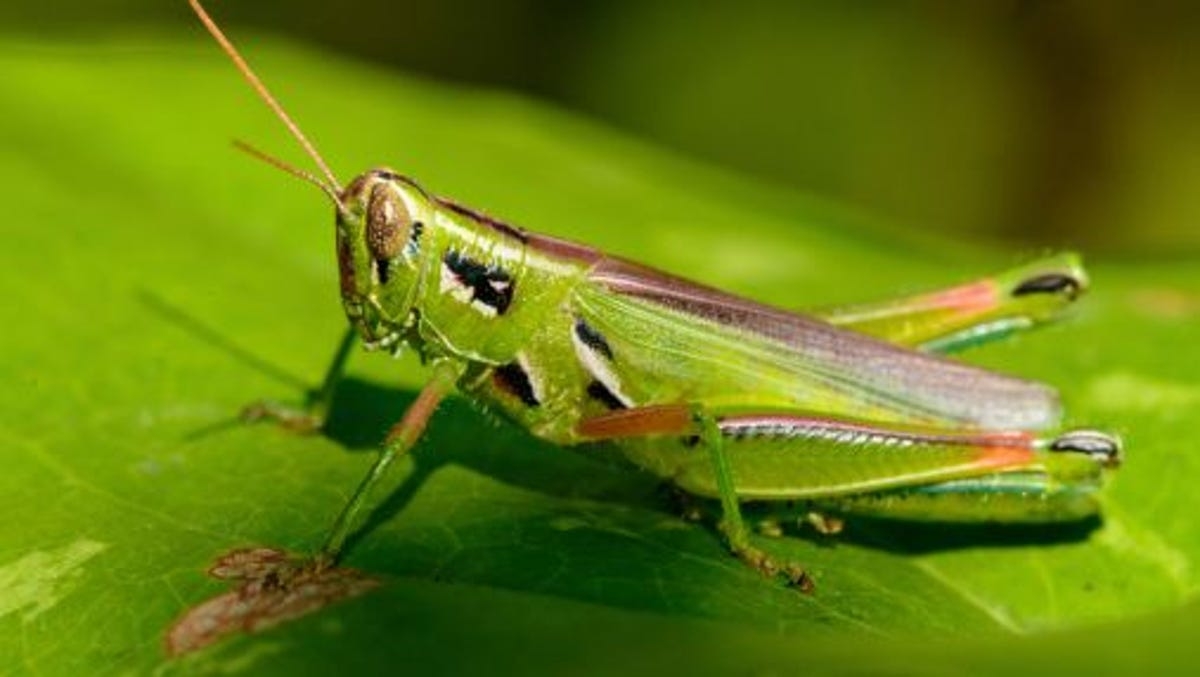 |
| Short-horned grasshoppers. Photo: USA Today |
When it comes to eating grasshoppers, I must admit they don’t look too appealing to me. Grasshoppers can be found throughout North America in areas such as meadows, fields, hedgerows, and forests, but they are quite hard to catch, and you will need to spend a few hours before you manage to catch a good quantity. Short-horned grasshoppers range in size from 0.2 to 4 inches in length, and many species are green or light brown in color.
You are better off if you manage to improvise a trap or two, just to make sure you have enough for a proper meal. You will need to use a glass jar to catch these edible insects easily.
Dig a hole in the ground, place the jar in it and add some bait (such as fruits). Adding a little bit of water can also help as it will drown the insects that find their way inside.
Honeybee larvae
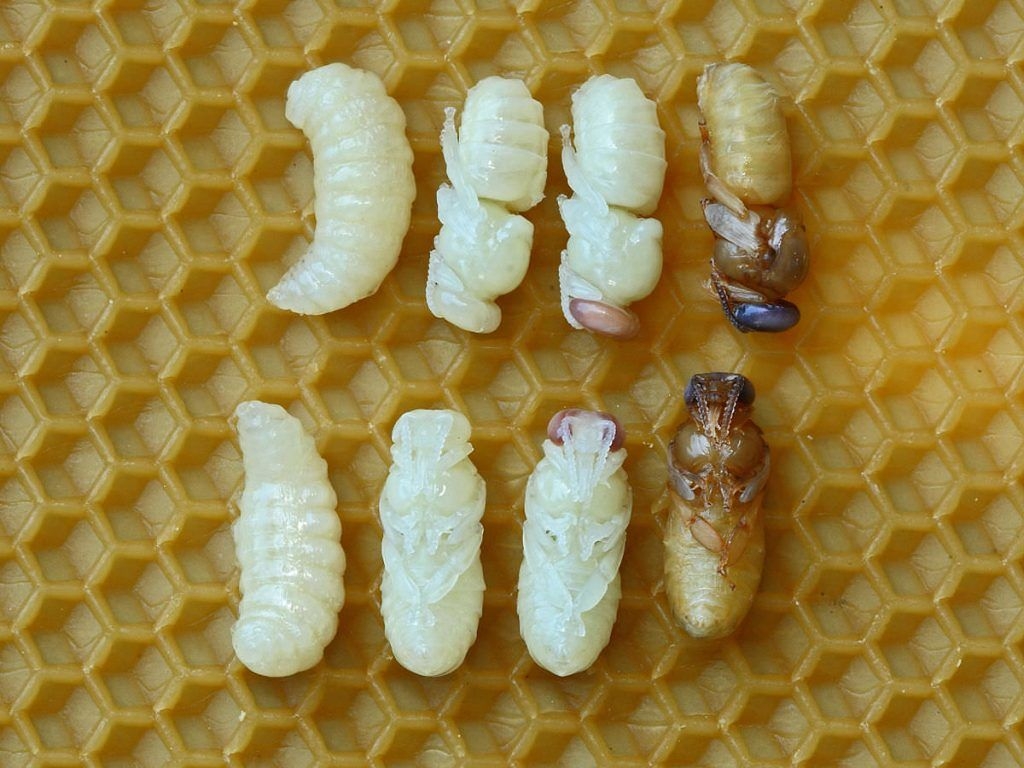 |
| Honeybee larvae. Photo: BeeHiveHero |
The honeybee larvae are another good source of nutrients that you can count on when being stranded. Throughout North America, there are various species of honeybees that can be found. However, I must warn you that the Africanized bee is the most dangerous one and you should handle these insects with care.
When extracting larvae from Africanized bee, there’s a good chance to make them swarm. Not to mention that it can be rather difficult for inexperienced explorers to locate a beehive in the wild. However, once you manage to do so, your work will be rewarded.
The bee larvae you are searching for can be found in the honeycomb cells of the colony and, in general, are about the size of a fingernail. Since larvae are initially fed on royal jelly, these edible insects contain a decent amount of protein, sugars, fatty acids, B vitamins and traces of vitamin C.
Cicadas
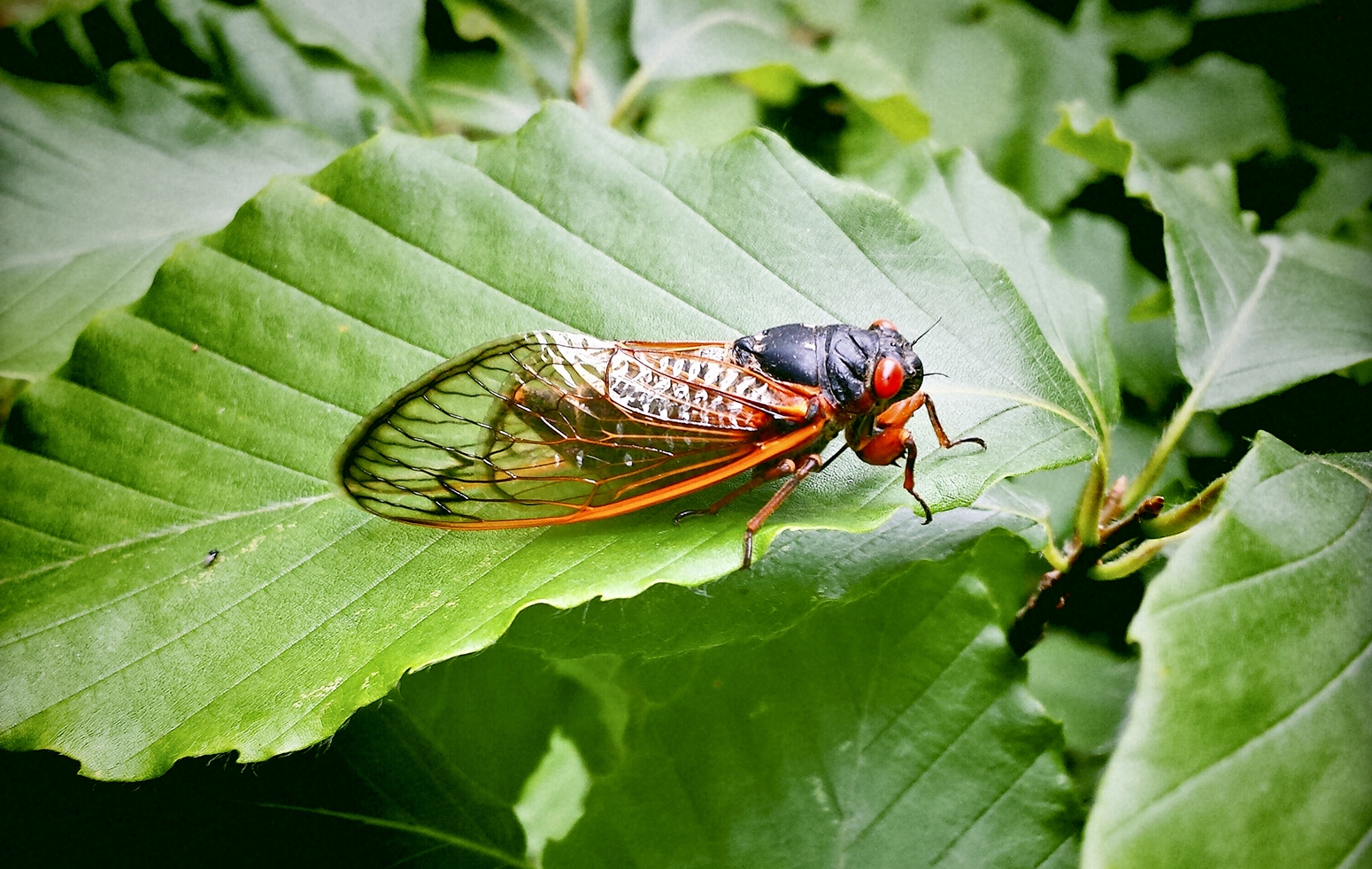 |
| Cicadas. Photo: NBC |
Cicadas are a rare sight because they live underground, feasting on tree roots for most of their lives. Some species live there for up to 17 years. Once their cycle ends, they come aboveground en masse for mating season.
That’s when people in places like New Jersey and China get into a frenzy, because they can capture and munch on this tasty insect. They are so popular, they’ve earned a motto: “shrimp of the land.”
Like other insects, cicadas are also high in protein and they taste asparagus-like when dry roasted.
June Bugs
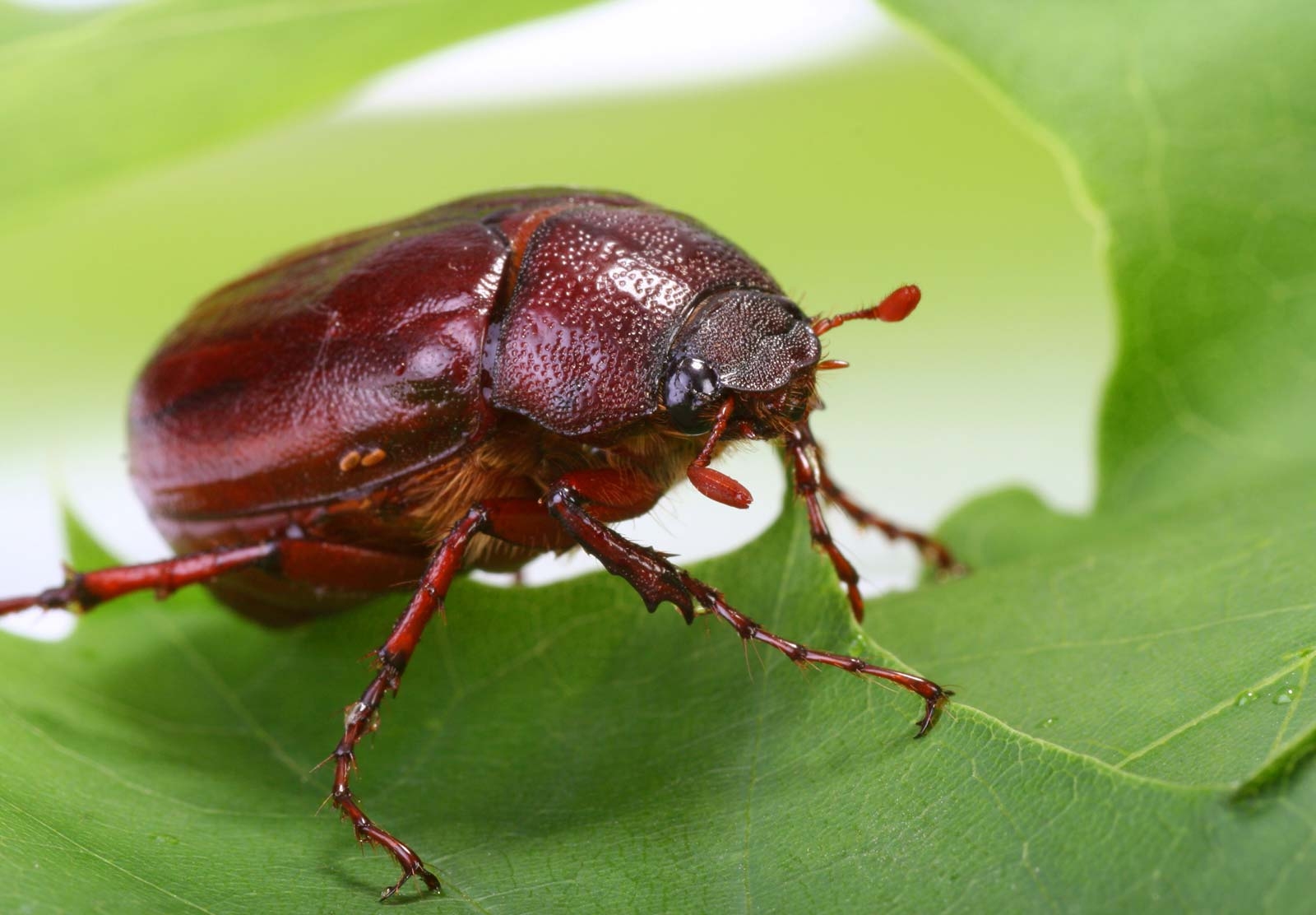 |
| June Bugs. Photo: Britannica |
The June bug is a genus of beetle, and they are common species of edible insects that can be found across the planet. In North America, in the southeastern U.S., you can find the green June bug. In the western and southwestern U.S., you can find the fig eater June bug. The bugs are less than one inch in length, and their taste can be described as buttery or resembling walnuts.
Jun bugs have different colors, such as orange, yellow, red, green, brown, and blackish. June bugs can be found near lights, and the best way to catch them is to shine a flashlight onto a bed sheet at night.
| Although edible insects could provide a good nutritional intake, eating them should be a last resort. You should consume the insects listed in this article only if you don’t manage to find something else. Besides the edible insects listed in this article, there are numerous other insects (Tibicen Cicada, Formosan Termites, Hornworms, etc.) that can be eaten as part of a survival diet. In the wilderness, if you have no other choice than eating insects, remember to check that what you are eating is non-toxic and make sure to cook it properly. If you like our list, please follow KnowInsider for more amazing news. |
 Top 7 most delicious sandwiches you can find around the world! Top 7 most delicious sandwiches you can find around the world! Is lunchtime getting a little stale? Turn to these fresh and tasty sandwich recipes for a handheld meal that won't leave you bored. Here are ... |
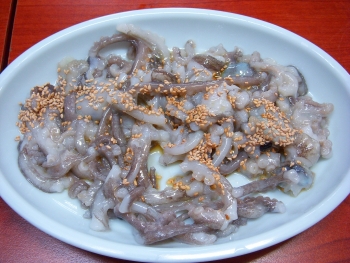 ONLY in KOREA: Top 7 Weirdest Foods to Try Out! ONLY in KOREA: Top 7 Weirdest Foods to Try Out! Every country has its own unusual food and South Korea is certainly no exception. At KnowInsider, we find out the top weirdest foods only in ... |
 Top 19 Ideal Foods for Picnic Time Top 19 Ideal Foods for Picnic Time Is there anything better than enjoying a feast in the great outdoors? We’ve pulled together our best ever picnic food for everyone to enjoy, from ... |


























